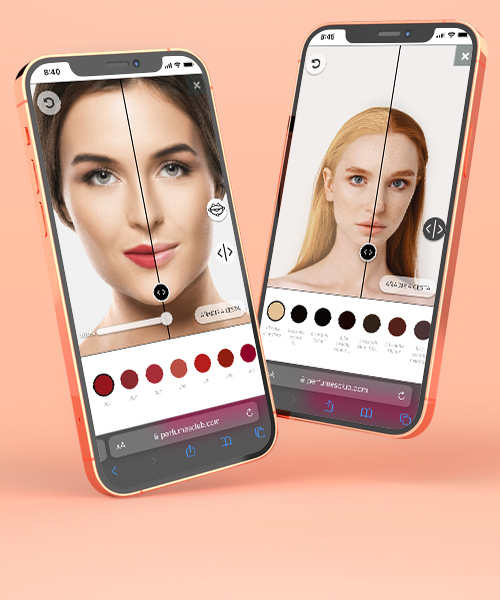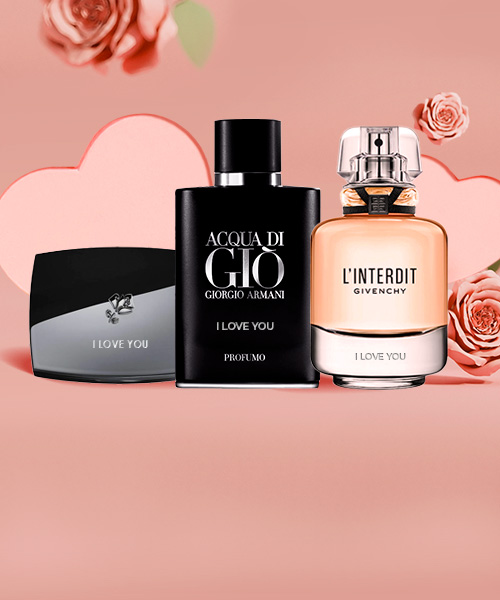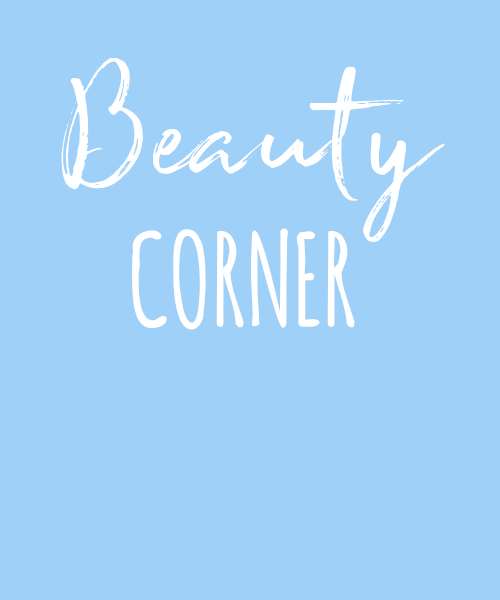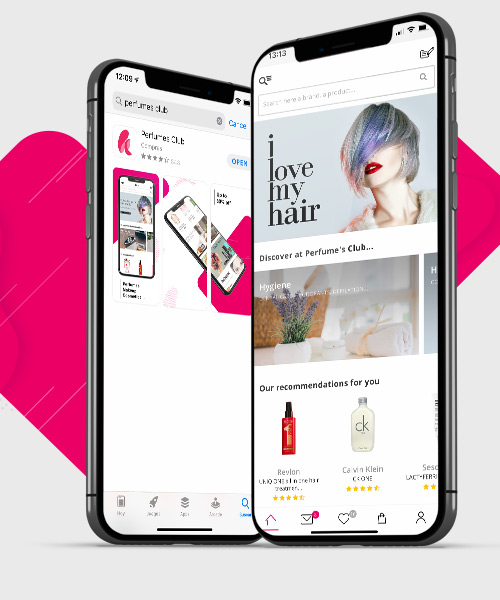If you have damaged hair, you can clean it up by applying the best hair mask for your hair. Restore the strength, shine and softness you miss so much. Straighteners, sun, dyes and bleaching, fixing products degrade and damage it. So use a mask to restore your hair and bring it back to life thanks to Perfumes Club hairdressing products at the best price. Buy now and enjoy your hair.
Recommendations in L'oréal mask | Tresemmé mask | Wella mask | Redken mask | Mask without sulphates and silicones | Anti-frizz mask | Novex mask | L'oréal professionnel mask
Ever since mankind discovered that the visible appearance of hair is directly proportional to its care, hundreds of women have experimented with homemade recipes and concoctions to achieve extra hair hydration.
Surely even Cleopatra herself would have her secret recipe, however, since the major cosmetics companies discovered the importance of having an intensive treatment that complements hair care, the HAIR MASK.
Just as the skin on the face and body requires moisturisers, serums and other nourishing treatments, the skin on the scalp and hair strands is no exception.
Generally, the hair masks are made with natural and nourishing ingredients such as oils, butters, vitamins and other active ingredients, which penetrate each hair strand, providing maximum hydration, luminosity and shine.
Its main function is restorative, as it mitigates the damage caused by external factors such as pollution, sun rays and dryness. However, it is extremely important for dyed hair that is a slave to thermal treatments such as blow-drying and ironing.
The difference between using or not using masks affects shine, strength and vitality, as they are perfect for combating frizz, dryness, breakage and hair loss.
If you feel that your hair has lost its natural beauty you're in the right place!The fact is that in perfume's club we recommend the best hair masks according to the needs of your hair. Go for it!
Types of hair masks
Depending on your hair type and its needs in Perfume's club you can find different types of hair masks that will help you to look like your hair has just come out of the hairdresser's shop.
Moisturising hair mask
Moisturising is essential for all hair types, as the lack of vitality expressed by some hair is often due to dehydration. For this, we recommend an extensive list of hair masks for dry hair You're going to love them!
Say goodbye to dry and damaged hair with the mask shu uemura ultimate reset mask. Its formula, enriched with rice extract and ceramide, penetrates the hair fibre and repairs from the inside, resulting in stronger, more flexible and revitalised hair. This moisturising hair mask is suitable for both men and women. Try the masks for dry hair you won't regret it!
Mask for curly hair
Curly hair is one of the most beautiful, but at the same time requires more care, as it tends to be drier. Its helical shape slows down the sliding of the natural oil from the sebaceous glands throughout the strand even more, unlike straight hair.
Therefore, it is of utmost importance to apply moisturising products that reduce dryness and signs of frizz and, at the same time, help to further define curls.
If this case is quite familiar to you, then stay with us and discover the best range of curly hair mask!
Give your curly hair an extra boost of moisture with the mask kérastase curl manifesto masque beurre haute nutrition. This intensive treatment combines hydration, strength and greater definition in a single step and is ideal for all three types of curly hair (wavy, curly and afro). Its nourishing power strengthens even the most fragile, dry and damaged curls. It even prevents breakage, promising a softer and shinier mane.
Mask for oily hair
There is a lot of speculation about greasy hair, because it is believed that by having excess oil it is already a hydrated hair, which does not require additional treatments, which is false. The fact is that the mask for greasy hair often acts as a sebum regulator, as well as providing the necessary moisture your hair needs. Apply for the mask for greasy hair at Perfume's Club at the best price online!
It meets your hair's biological needs as only Pantene can. And the fact is, the pantene hair biology purify & repair mask provides intensive repair with essential nutrients to help mitigate damage caused by external factors. Its high rose water content, with vitamin Pro-V and micellar water helps to retain excess oil, for a naturally shinier, flawless mane.
Mask for coloured hair
Colour-treated hair requires a lot of hydration and nourishment, which is why hair masks are the quintessential essential treatment that helps to restore vitality to your hair, which has been lost due to colouring chemicals that damage the hair cuticle. Find out together with Perfume's Club which one is your coloured hair mask perfect!
Fortunately, Kérastase, a leader in repairing treatments, formulated the kérastase blond absolu cicaextreme mask. This creamy solution provides deep, strengthening care that penetrates the hair fibre, stimulating its reconstruction after bleaching, making it a suitable treatment for bleached, dyed or blonde highlighted hair. Its formula enriched with high and low molecular weight hyaluronic acid and edelweiss flower moisturises, redensifies and provides maximum antioxidant protection.
Anti hair loss hair mask
Hair loss is another sign of weakness and fragility in the hair, which is often related to a lack of nutrients and moisturising active ingredients, both in the strand and on the scalp. For these cases, there is nothing better than having a good anti hair loss hair mask fast-acting and effective.
If falling is part of your day-to-day life L'oréal Professionnel Paris has designed an intensive face mask called the L'oréal professionnel paris inforcer strengthening anti-breakage masque . As its name suggests, it is a strengthening anti-breakage hair mask, enriched with vitamin B6 and biotin, which helps reduce hair loss and breakage, leaving your hair stronger, softer and shinier. Likewise, this treatment makes detangling easier. Are you ready for stronger hair?
Sulphate-free hair mask
Sulphate is a chemical active ingredient present in hundreds of cosmetic treatments, which gives us a false expectation of the product or its finish, as they offer greater density and texture to the formula, when what they really do is damage the hair. Nevertheless, Perfume's Club offers you a wide list of sulphate-free hair mask.
The most requested sulphate-free mask is the redken color extend magnetics mask a rich, creamy, enveloping mask that deeply conditions and nourishes colour-treated hair. Its nourishing, sulphate-free formula provides maximum vitality in a single gesture. Let yourself be carried away by its benefits!
Anti-Frizz Hair Mask
Frizzy hair, also known as frizzy or frizzy hair, is a mane that cries out for extra hydration and nourishment. In these cases, the best thing to do (in addition to using shampoos, conditioners, ampoules and other treatments suitable for frizz), is to accompany your hair care routine with the best frizzy hair mask. If you don't know them yet, there's still time!
Mitigate those unruly hairs with the kérastase discipline maskeratine. This sumptuous intensive care mask helps to discipline even the most unruly and dehydrated hair. Its nourishing formula helps repair, smooth and control the signs of frizz. Apply for this anti-frizz hair mask from anywhere in Spain!
The best hair mask
If you are looking for the best hair care alternative at Perfume's Club we present you the best professional hair mask of the leading beauty brands. Are you ready for the best hair mask?
Garnier Hair Mask
garnier has always been known for offering natural products of the highest quality, and this time it is adding followers to its majestic hair mask garnier fructis hair food papaya repair mask. The garnier hair mask offers 3-in-1 power - as light as a conditioner, as intensive as a mask and as effective as a treatment. Its great vegan formula effectively nourishes and repairs. Immerse yourself in its intoxicating fruity aroma!
Wella Hair Mask
When it comes to hair treatments, Wella has always been ahead of the game, and since its beginnings it has innovated with repairing and revitalising treatments that benefit the health of the hair. Just like its hair mask wella invigo nutri-enrich mask.
This wella hair mask includes nourishing properties thanks to its formula rich in Goji berry, a source of vitamins, minerals and peptides, which improve dry or damaged hair caused by the sun, heat, cold and other external factors. It also benefits detangling, conditions, softens, smoothes and adds shine after each application. Try it, you won't regret it!
Kanebo Hair Mask
The smoothness of Asian hair has always been the envy of many, fortunately with Japanese brand kanebo sensei you'll be able to have the hair you've always dreamed of.
The hair mask kanebo sensai sensai sensai hair care intensive hair mask is an intensive, nourishing and repairing treatment for very damaged hair. Its magical formula offers the best of the Orient, as it is made with ten oriental herbal extracts that repair, care, shine, softness and resistance. Discover the benefits for yourself!
L'Oréal Professionnel Paris Hair Mask
The French brand L'oréal professionnel paris could not be missing in this great list of hair masks, as it includes a special formula according to the needs and problems to be treated.
The most complete and versatile is the l'oréal professionnel paris metal detox professional mask. Its protective and detoxifying action is perfect for balayage and bleached hair. It cleanses, cares for and protects each strand from metal particles, leaving hair more nourished and shiny. It even promises up to 87% less risk of breakage and 100% colour absorption. Acquire the loreal hair mask from the comfort of home!
Kérastase Hair Mask
Kérastase products are renowned for the excellent quality of their formulas, and in this case, Kérastase's products have a reputation for Kérastase hair masks are no exception. You only have to add any mask from their wide range to your hair care line to witness the immeasurable benefits that each of these products can confer.
Especially the mask kérastase nutritive masquintense cheveux épais épais irisome. Rich, enveloping and highly concentrated, it provides care and nourishment to dry and thick hair. Its nourishing action acts from the core of the strand, tackling the problem at the root. Promises greater softness, flexibility and shine. Don't miss out!
Schwarzkopf Hair Mask
The renowned German firm Schwarzkopf has created a range of treatments BC ( Bonacure® Bonacure), which is based on personalised hair care, inspired by skin care. And the Schwarzkopf hair masks also form part of this new line that includes specific formulas for dry, damaged, thick, thick and frizzy hair, among others.
The mask schwarzkopf bc peptide repair rescue treatment is an intensive treatment that provides deep repair to the structure of the hair strands, stimulating their hydration. It is formulated with nourishing active ingredients that mitigate damage, repairs, provides greater luminosity, facilitates detangling and confers softness. Apply for your Schwarzkopf BC Mask from anywhere in Spain!
Natural and eco-friendly hair masks
Natural and organic products are all the rage, because the benefits of botanical and organic active ingredients not only have endless advantages for our health, but also for the environment. That's why we couldn't leave out the natural hair masks and organic hair masks. How much do you know about the natural hair mask?
The Naturvital brand, always striving to offer high quality, natural and organic products, seduces us with its majestic Coloursafe black mask by Naturvital . This treatment, free of parabens, mineral oils and phthalates, provides a protective action that in just five minutes helps to restructure, protect and moisturise coloured hair. In addition, this mask helps to conceal the roots, ensuring a shinier and more manageable mane.
Offers on masks: the best price at Perfume's Club
Enjoy the best offers in hair masks that only perfume's club brings to you at the click of a button.
At Perfume's Club we have the largest variety of products with immediate availability, delivery service to all corners of Spain with home delivery.
In addition, we provide you with an extensive description of each product with the most accurate opinions of our consumers, so that you can choose the treatment that best suits your needs.
In fact, our long track record attests to the responsibility and commitment we take on after every sale.
Don't miss out on your professional hair mask that only perfume's club brings to you at a bargain price!
What are you waiting for?
Advantages of buying face masks online at Perfume' s Club
There are a host of benefits you can enjoy every time you buy hair masks online from Perfume's club because:
1-Our platform is very easy, because it is so simple and user-friendly.
2-We guarantee the lowest market price as well as promotions and offers on purchases.
3-We have the best shipping partners, who ensure speed and ease in each delivery.
4-We have a compatible application for iOS y Android where you can make your purchases from your mobile phone, wherever you are.
We also offer you:
Sale of professional hairdressing products
At Perfume's Club you can find quickly, safely and at the best price all the products, complete treatments and professional hairdressing equipment, so you can achieve the hair you always dreamed of from the comfort of your own home. Turn your home into your own beauty salon with just one click!
Free samples with your online order
One of the best advantages of purchasing through Perfume's Club The main thing is that your purchase will always come with a free sample, which will help you to get to know the new products on the market without the need to buy them.
This way you will discover its true virtues first hand.
Delivery 2-3 working days
Once you have made your request through our website The order will be validated and prepared (this process can take from 12 to 36 hours).
It will then be delivered to the shipping company selected and this will depend directly on the carrier, and the destination locality to which the shipment is made.
However, shipments to the Canary Islands leave our warehouse in Madrid on Fridays and are sent on Mondays by sea, arriving at their destination on Thursdays of the same week. From that day onwards, 24 to 48 hours must be added to be delivered to its final destination. Receive your hair mask from the comfort of your home or office!
Sale of professional hairdressing products with a large stock of more than 18.000 products, kits and lots.
At Perfume's Club you can find a large stock of more than 18,000 professional hairdressing products, original and at the best price. With full comfort and peace of mind, you will receive your purchase securely without surcharges or risk of scams.
Don't think twice and enjoy online shopping through Perfume's Club!
Frequently asked questions
Is it good to leave the hair mask on overnight?
The time you should leave your hair mask to act will depend on its formulation and the manufacturer's instructions, it is recommended to follow the instructions to avoid unfavourable results.



























